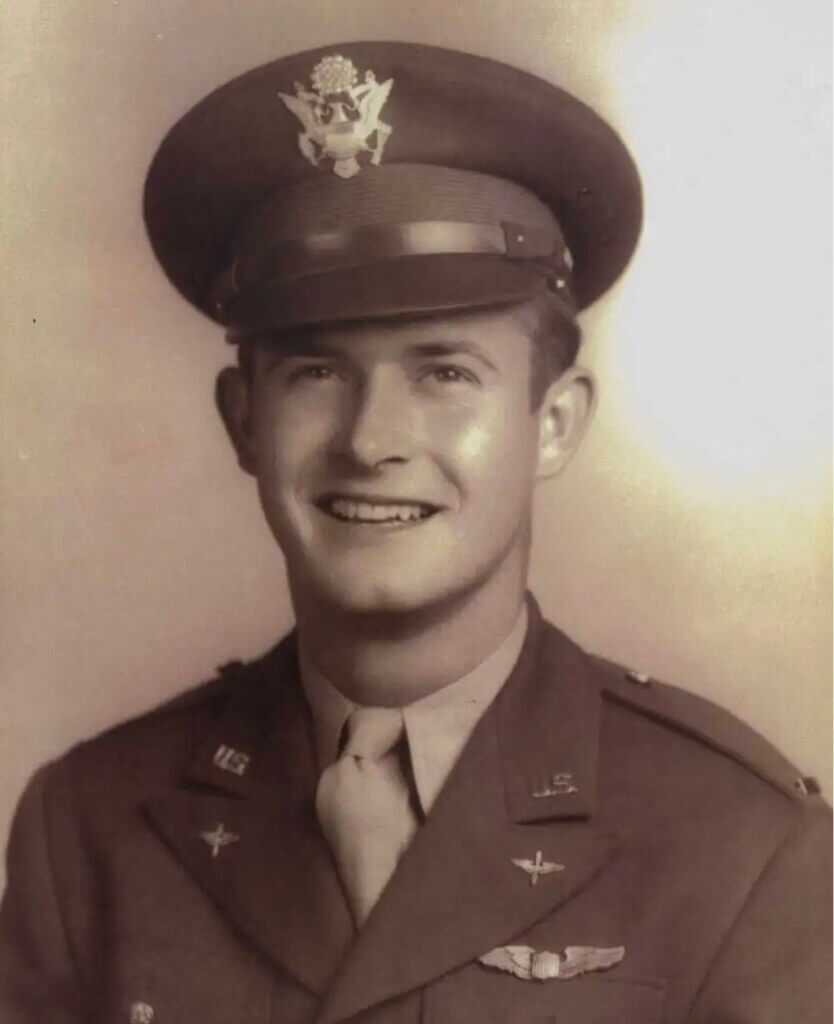
Estimated reading time: 11 minutes
Weird things happen in war. Combat is chaotic, tragic, and horrible. It is arguably the most compelling of human experiences. As a result, it is a world where a man’s true character is revealed.
Some warriors seem to be innately indestructible. Others arrive in the theater cursed. Among combat aviators, those of the first sort can ultimately accomplish the most amazing things.
Table of contents
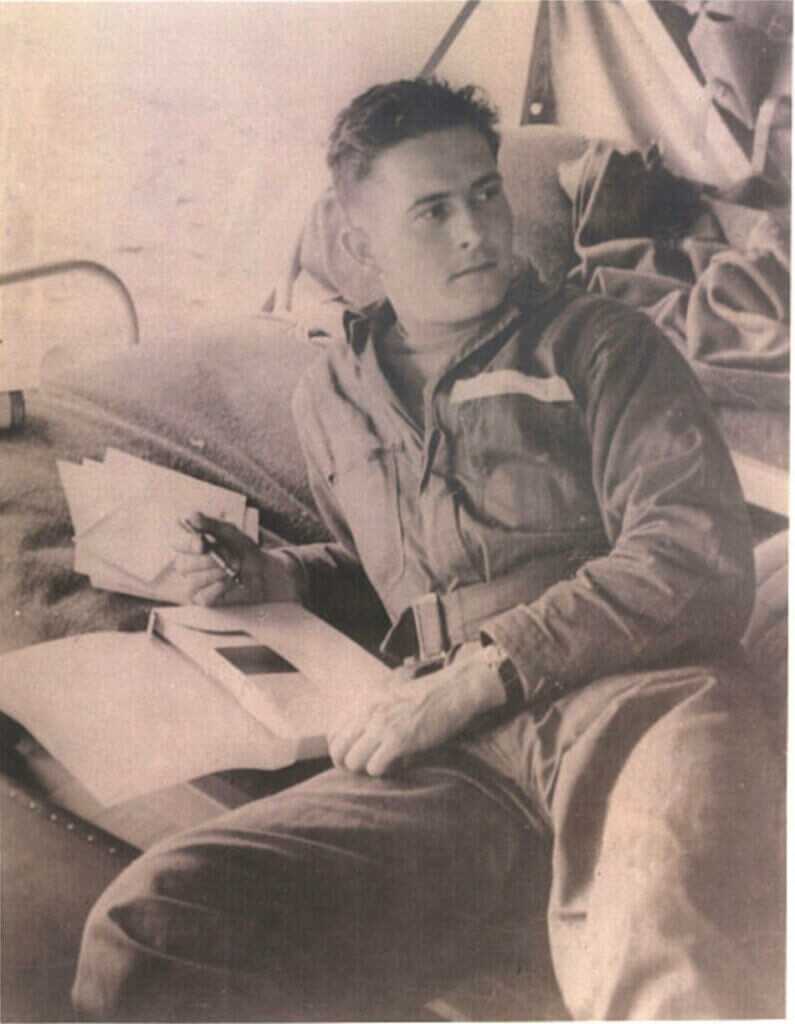
Louis Curdes was one of those fighter pilots whose career seemed touched by the Almighty. He flew two different fighter planes in both major theaters of war. He was shot down, taken prisoner, and then escaped to evade behind enemy lines. By the time the guns fell silent, he was one of only three American pilots to have shot down combat aircraft from Germany, Italy, and Japan. However, what came after all that just defies credulity. Read on for the details.
Origin Story of Louis Curdes
Louis Edward “Lou” Curdes was one of two children born to Walter and Esther Curdes in Fort Wayne, Indiana. Dad was a home builder, and Mom taught school. Lou was a natural in basketball and track until his coach caught him smoking and kicked him off the teams.
Curdes showed an interest in aviation from a young age. He studied engineering at Purdue University but dropped out in his third year to join the Army Air Corps. He officially donned the uniform on 6 December 1941, the day before the Japanese attack on Pearl Harbor.
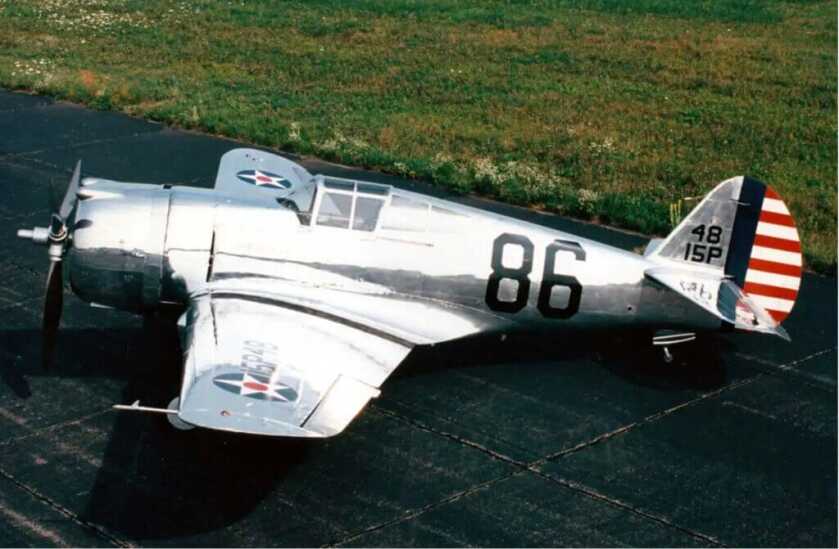
Learning how to fly well enough to do battle with other combat aircraft is not a quick process. In Curdes’ case, for a year he flew PT-13 Stearmans, T-6 Texans, BT-13 Valiants, and Curtiss P-36 Hawks. He graduated from basic flight training and transitioned into Lockheed P-38 Lightnings before being posted to the Mediterranean theater.
Available on GunsAmerica Now
A Young Man Goes to War
Lou Curdes was assigned to the 95th Fighter Squadron of the 82d Fighter Group operating over Sardinia, North Africa, and Italy. It was here he got his first taste of aerial combat. It turned out that he was quite adept at it.
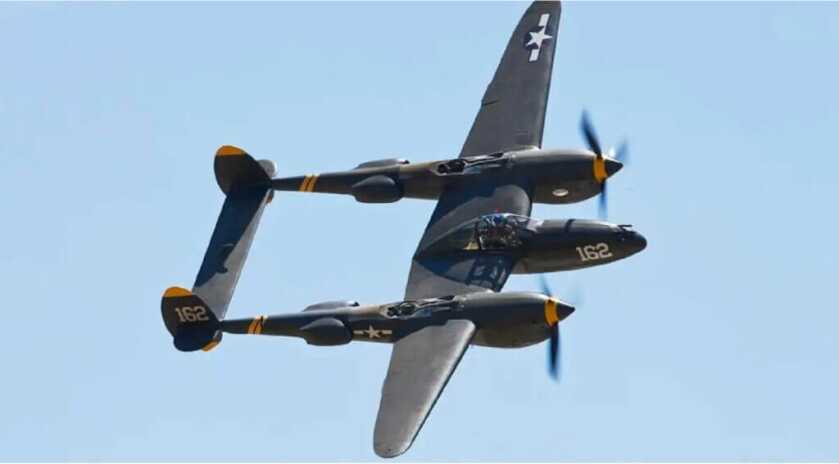
The P-38 was the finest multi-role fighter in the world at the time of its introduction. Fast, rugged, versatile, and survivable, this massive twin-engine fighter plane was, in my opinion at least, also the prettiest warplane ever contrived. While it struggled to maneuver in the close fight with nimble single-engine fighters like the German Bf-109 and Fw-190, the Lightning could do so many things that these lesser aircraft could not. One of those unconventional missions was that the big twin-boomed bird made quite the passable bomber.
Curdes Shows Potential
On 29 April 1943, Curdes and his mates were tasked to perform a skip-bombing mission in the Straits of Sardinia. The big Lightnings would roar in just above the wave tops, drop their bombs, and bounce them into enemy ships just as though they were skipping rocks on a pond. When Curdes’ turn came to release his bombs he found that one of his shackles was defective. Curdes’ flight was subsequently bounced by a dozen German Bf-109s. He would have to go head-to-head with these nimble enemy fighter planes while lugging a big fat bomb around the sky.
Despite the extra weight and drag, Curdes promptly destroyed one Bf-109 and badly damaged another. He then spotted a pair of Messerschmitts attacking a crippled Lightning. Curdes turned into the fight and downed them both before escorting the damaged aircraft back across friendly lines. In that single engagement, while flying a defective airplane, Lous Curdes downed three German fighters and damaged a fourth. Before the month was out he shot down another two while on a mission escorting B-25 Mitchell bombers near Villacidro, Sardinia. Lou Curdes had become an ace in his first thirty days in combat.
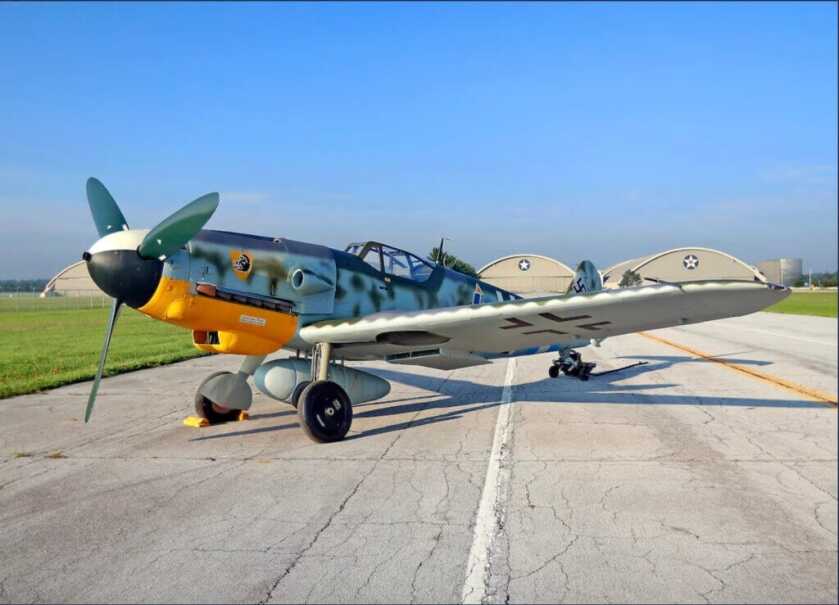
Louis Curdes Is MIA
Over the next two months, Louis Curdes bagged another pair of Bf-109s and an Italian Macchi C.202. On 27 August 1943, Curdes and his fellow Lightning pilots were jumped by a whopping fifty Axis planes. In the chaotic aerial melee that ensued he downed a further two Bf-109s before having his own plane shot to pieces. He subsequently belly-landed his fighter with the gear up on a beach ten miles south of Salerno. Subsequent scholarship is fairly certain that Curdes was the 63rd victory of the expert German pilot Franz Schieß.
Curdes was captured by the Italians but escaped in short order before being recaptured. The Italians threw in the towel four days later and capitulated to the Allies. In response, the Italian prison guards turned their weapons over to the American aviators with their best wishes and melted into the countryside. However, by now this part of Italy was just filthy with Germans.
Over the next several months, a group of roughly twenty Allied pilots slowly made their way over the Apennine Mountains on foot heading inexorably south toward the advancing Allied vanguard. Communist resistance fighters and sympathetic locals supplied them with food, weapons, and civilian clothes. Throughout it all, Curdes’ family had been informed that he was missing in action and presumed dead.
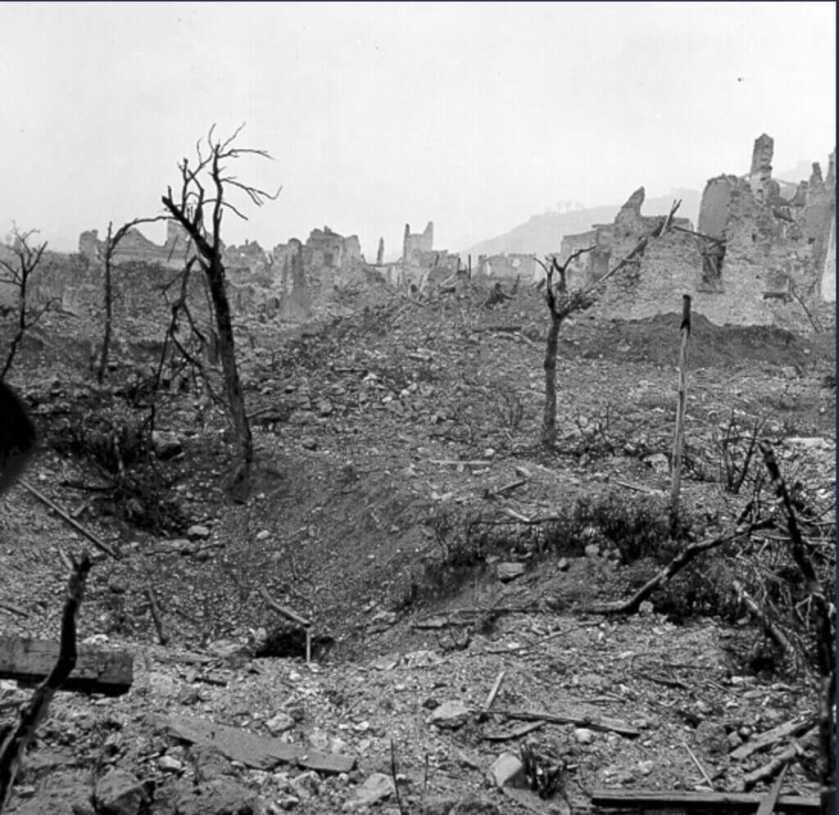
On 27 May 1944, exactly nine months after ditching his Lightning, Curdes finally found himself at Monte Cassino. He and a buddy slipped through German positions until they reached a British Infantry unit. Lou Curdes’ war in Europe was over.
And Now for Something Completely Different…
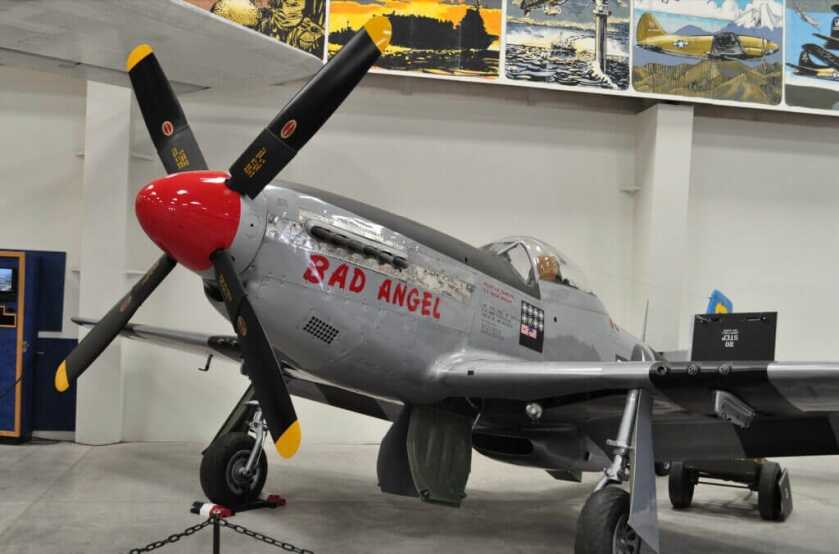
Repatriated POWs were prevented from fighting again in the theater where they were captured. I can only presume this was to help protect the details of the resistance networks that had helped them evade. As a result, after a brief stint at home, Lou Curdes subsequently shipped out to the Pacific, this time to fly P-51 Mustangs. On 7 February 1945, Curdes and his wingman came across a Japanese Mitsubishi Ki-46-II “Dinah” twin-engine reconnaissance plane while on a combat patrol 30 miles southeast of Taiwan. Curdes shot this enemy plane down without difficulty. This meant he had bagged enemy aircraft from all three major Axis powers.
Ballistic Matrimony
On 10 February 1945, Curdes and three other pilots were on patrol near the island of Bataan in the Philippines. They spotted a Japanese-held airfield and dove into the attack. In the process, one of Curdes’ squadron mates named LT La Croix fell to ground fire. La Croix ditched his Mustang just offshore and inflated his life vest. The other three Mustangs circled menacingly, keeping the Japanese defenders at a distance.
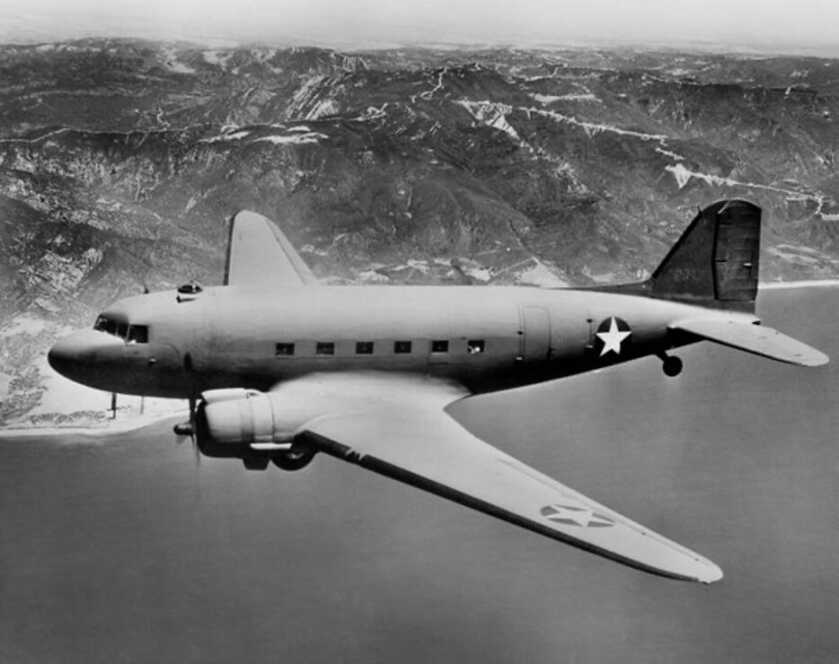
While they waited for the PBY Catalina flying boat to retrieve their buddy, an American C-47 cargo plane appeared unexpectedly and began heading for the airfield. Lou Curdes broke off and attempted to contact the big transport. Unable to raise them on the radio, Curdes soon realized that they intended to land on the Japanese airbase.
Desperate to wave them off, Curdes flew his Mustang off the nose of the larger American plane to no avail. The C-47 was now 150 feet over the water with its landing gear down and aligned with the runway. Out of options, Curdes carefully maneuvered to within 20 yards of the C-47 and shot out one engine with a quick burst of .50-caliber fire. The persistent C-47 pilot was not to be dissuaded, however.
Curdes Pulls An Unexpected
Curdes then snapped his agile Mustang to the opposite side of the C-47 and blasted the remaining engine. Now transformed into a glider, the C-47 ditched successfully some 300 yards from shore. Miraculously, the 12 Americans onboard successfully egressed the sinking airplane and got into life rafts. Meanwhile, LT La Croix paddled furiously and joined the C-47 crew in one of the small inflatable boats. The current carried the downed Americans about a mile offshore while under small arms fire from the Japanese on the beach.
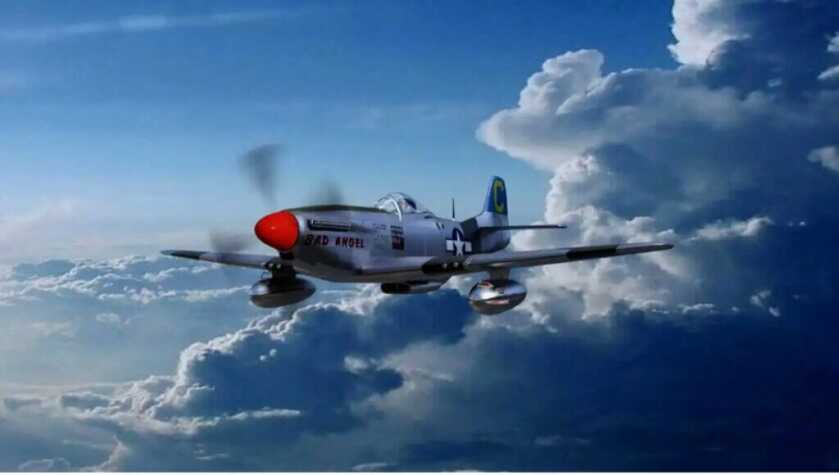
The PBY never arrived. Now desperately low on fuel and out of daylight, Curdes and his two remaining buddies returned to base. They launched in the pre-dawn darkness along with a PBY and successfully retrieved the American castaways. Once the lumbering PBY finally made its way back to base, Curdes was shocked to find that one of two women onboard the C-47 he had shot down was Svetlana Valeria Shostakovitch Brownell, an Army nurse with whom he had enjoyed a date the previous evening.
Details
It turned out that the C-47 had been lost in bad weather with a malfunctioning radio. Flying on fumes, the pilot was determined to land at the first available airfield. Had they indeed touched down at the Japanese airbase there is no telling what might have happened to the two American nurses. Given the prior bad behavior of Japanese troops regarding POWs, Curdes undoubtedly saved them from a horrible fate.
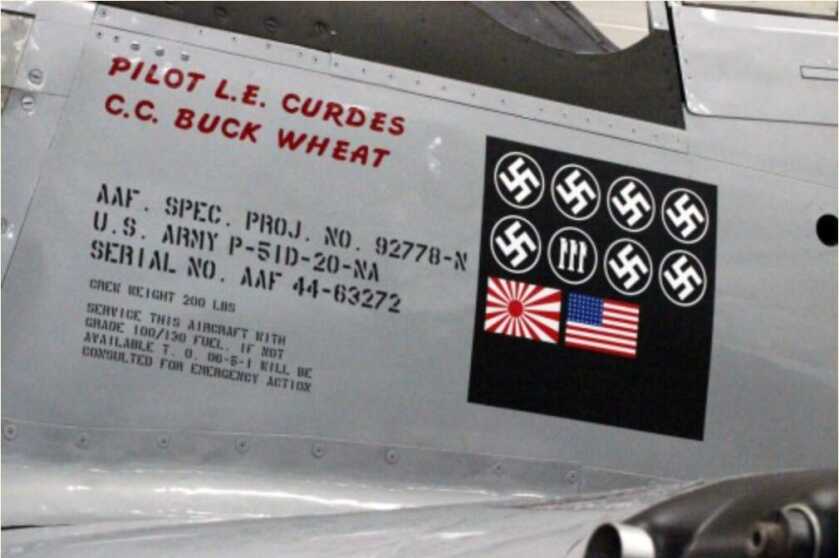
Curdes later transitioned back into P-38s and flew close air support missions in the Philippines until he finally rotated home. In a total of 48 combat missions, Curdes was credited with shooting down seven Bf-109s, the Macchi C.202, the Japanese Ki-46, and one US Army Air Corps C-47. Yes, he did paint an American flag on the side of his Mustang, Bad Angel, alongside the rest of his kills.
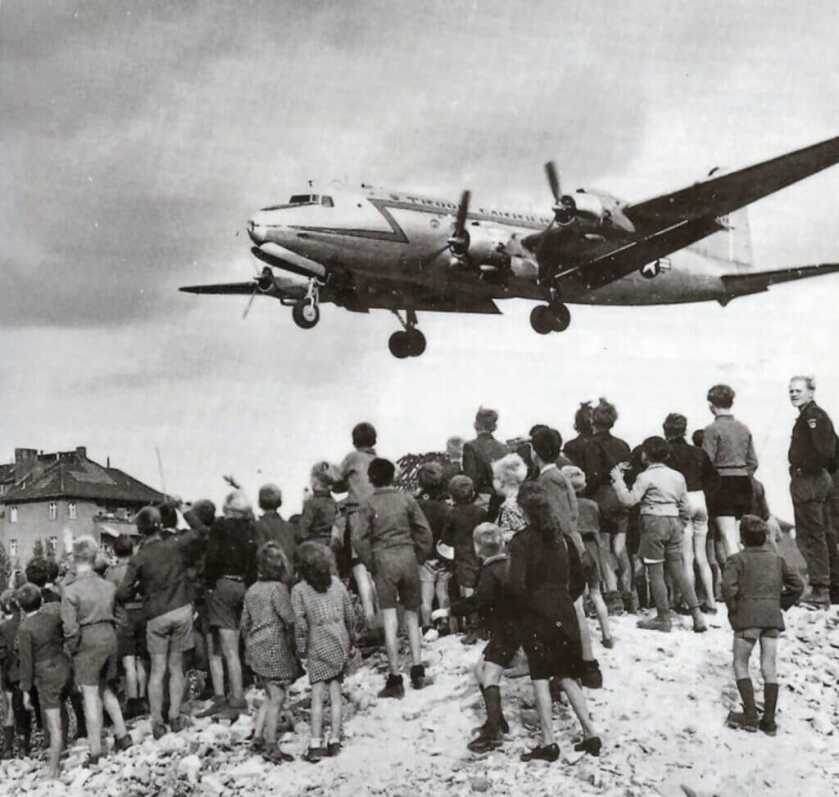
After the war, Lou Curdes flew C-54 Skymasters as part of the Berlin Airlift. He finally retired after 22 years of military service and spent the rest of his professional life running his own construction company. However, once WW2 wound down he looked up Svetlana Valeria Shostakovitch Brownell.
READ MORE: Dr. Dabbs – Genocide: The Etymology of Mass Murder
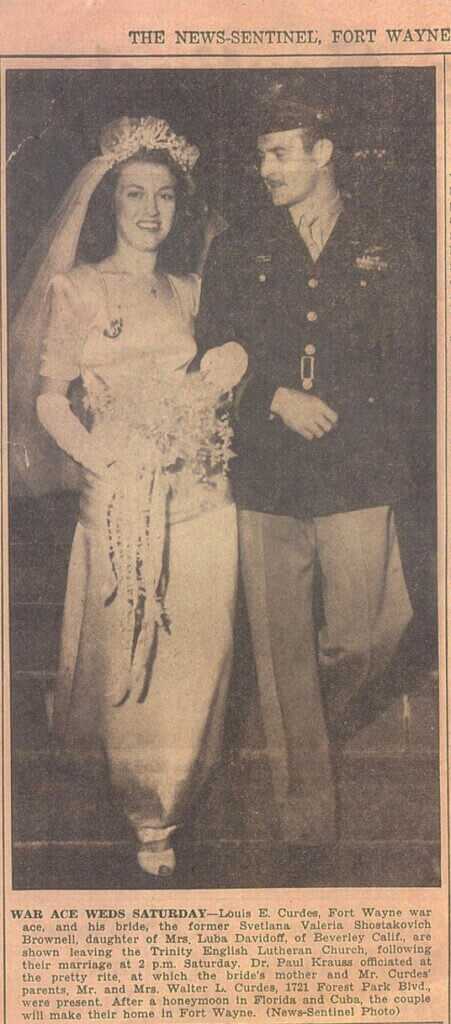
Conclusion
Curdes’ quick thinking that fateful day over the island of Batan had indeed saved Svetlana from gruesome internment or worse. To show her abiding appreciation for his attention she subsequently married him. They remained together for another 49 years until Curdes died in 1995.
War is arguably the most horrible of human pursuits. Young lives are snuffed in ghastly numbers, oftentimes for some of the most dubious of causes. However, sometimes out of the cauldron of war comes something genuinely pure, sweet, and good. For their part, Lou and Svetlana Curdes’ long rich marriage was birthed out of muzzles of half a dozen .50-caliber machineguns in the cobalt blue skies above the South Pacific.
*** Buy and Sell on GunsAmerica! ***










I severed with Will Dabbs at Henry Post Army Airfield (KFSI) at Fort Sill, Oklahoma during the early 1980s. He was well like by all. I very much enjoy reading his articles.
Another great story by Dr. Dabbs. My son is a retired Colonel and AF Pilot. I often forward these stories to him as well.
What an amazing story.
Always look forward to your articles……great insight to lesser known aspects of history and warfare.
Aww, that was awesome, thanks for the education Doc.
Ahh… A slightly more modern version of the Neanderthal clubbing his chosen woman, and dragging her back home to the cave. Thanks, Will!
this is epic even for Dr dabbs. if you land a book in my local b&n I’ll buy it
I always look forward to Mr. Dabbs articals. Please keep them coming.
Bill B
Thank you, Will, for a truly amazing story. Much appreciated !
Incredible stories we have never heard… thanks Dr. Dabbs. There’s a movie I would go watch…
Wow, you are not kidding, that would make a fantastic film. Pen a script real quick Will and send it to Tom Cruise.